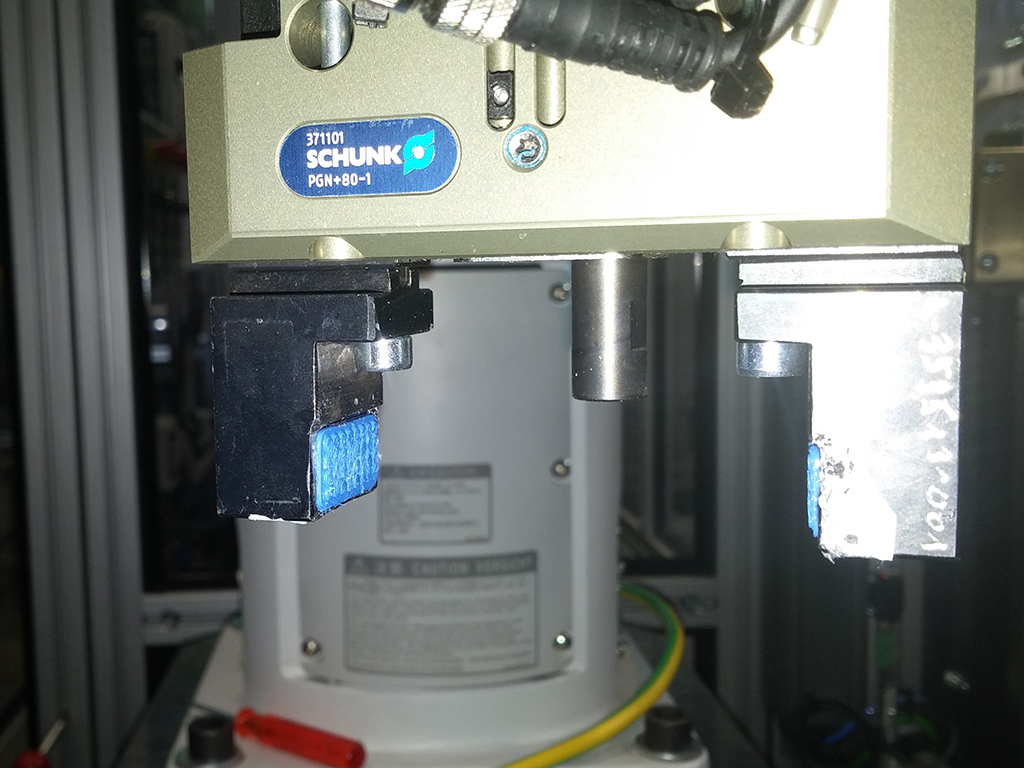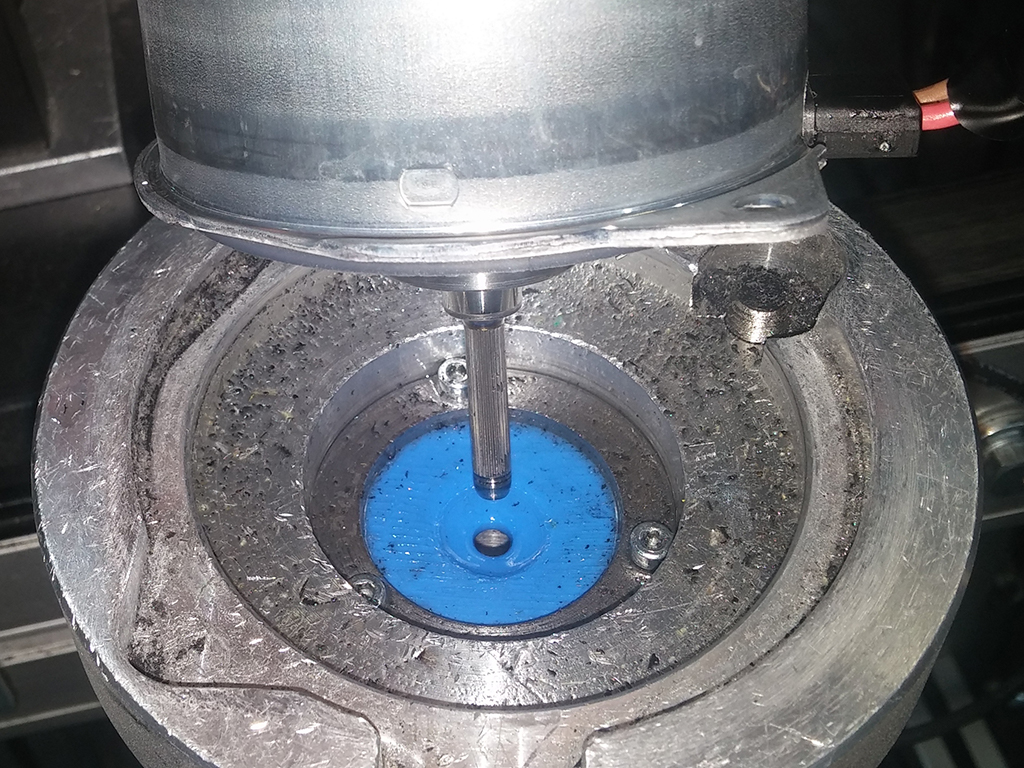Thermoplastic polyurethane known as TPU is flexible filament, resistant to oils, greases and ozone. Advantages of this high-tech material used mainly for dynamically stressed parts discovered also designers in Continental Automotive Czech Republic.
Designers in Jičín’s Continental Chassis & Safety Department help to speed up the production with tailor-made 3D printed objects for assembly robots. Thanks to available 3D printers and reliable Fillamentum materials, prototypes and functional parts are created here in a much shorter time than is usual when using traditional machining methods or in cooperation with external suppliers. Return on investment on FFF 3D printers and filaments is actually very fast.
„We were impressed by wide range of materials and reviews on Fillamentum, company with own research & development department and production. Furthermore, stable quality of materials has convinced us.“ says designer Jan Blepta from Jíčín’s Continental Chassis & Safety division. „Specific filament, for example flexible Flexfill TPU, behaves exactly same even when bought year ago. This is a huge advantage for us because we can rely on printed profiles for particular printer made some time ago. We don’t have to speculate with tenths of technical materials settings and can focus more on designs and 3D printing.“
The very first use of objects printed in Flexfill TPU 92A was for the contact surfaces of the jaws for a robot that handles the gearboxes on the assembly line.
This robot moves about 7000 parts a day, each weighing about half a kilo. Each gear is gripped by a solid steel jaw with rubber inserts that prevent surface damage. However, the EPDM inserts were broken very shortly after mass production started and after three weeks, they were totally damaged so that the transferred parts were regularly dropped.
Because replacement of inserts were not available, Jan Blepta printed a replacement in Flexfill TPU – with jags on the contact surface to increase the grip reliability. Even after five months of daily use in mass production, they do not show any wear.

Another of 3D printing projects demonstration in Continental Automotive CZ deals with a robotic manipulator.
This time the steel jaws regularly carry two very light metal parts weighing only a few grams. The use of small flexible bearing inserts increased the grip reliability and now the light parts inside the jaws do not move during dynamic handling.
While EPDM rubber has been able to transfer hundreds of parts, new 3D printed inserts printed in Flexfill TPU 92A are still reliable with no damage – and yet without wear.


| Cookie | Description |
|---|---|
| _dc_gtm_UA-189275971-1 | The functionality is to store number of service requests. |
| _ga | This cookie is installed by Google Analytics. The cookie is used to calculate visitor, session, campaign data and keep track of site usage for the site's analytics report. The cookies store information anonymously and assigns a randomly generated number to identify unique visitors. |
| _ga_L703XWXLV0 | This cookie is installed by Google Analytics. |
| _gat_gtag_UA_189275971_1 | Set by Google to distinguish users. |
| _gid | Installed by Google Analytics, _gid cookie stores information on how visitors use a website, while also creating an analytics report of the website's performance. Some of the data that are collected include the number of visitors, their source, and the pages they visit anonymously. |
| CONSENT | YouTube sets this cookie via embedded youtube-videos and registers anonymous statistical data. |
| Cookie | Duration | Description |
|---|---|---|
| VISITOR_INFO1_LIVE | 5 months 27 days | A cookie set by YouTube to measure bandwidth that determines whether the user gets the new or old player interface. |
| YSC | session | YSC cookie is set by Youtube and is used to track the views of embedded videos on Youtube pages. |
| yt-remote-connected-devices | never | YouTube sets this cookie to store the video preferences of the user using embedded YouTube video. |
| yt-remote-device-id | never | YouTube sets this cookie to store the video preferences of the user using embedded YouTube video. |
| yt.innertube::nextId | never | This cookie, set by YouTube, registers a unique ID to store data on what videos from YouTube the user has seen. |
| yt.innertube::requests | never | This cookie, set by YouTube, registers a unique ID to store data on what videos from YouTube the user has seen. |